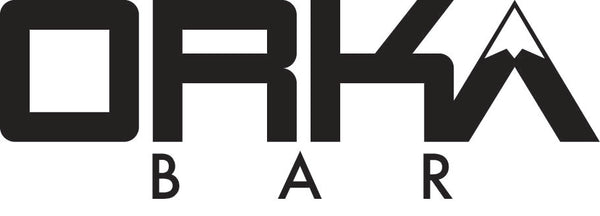In today’s health-aware and fast-paced world consumers are driven toward products that provide helpful nutrition in a convenient way. For this reason, protein bars have become immensely popular in all sectors from fitness enthusiasts to tired moms and busy business professionals. With the vast array of options, health claims, and nutrition information, choosing the right bar for your lifestyle can be a daunting task. Whether you are looking to grow muscle or fuel your day, this article will give you the concise information you need to make an educated choice of protein bar.
When reading any food label, first look at the serving size so that the rest of the information makes sense. Pay close attention because the nutrients could be based on one bar, two bars, or anything else. You don’t want to buy a bar and realize you need to eat more or less than you thought.
Next, look at the total calories and the macronutrient content, protein, carbohydrates, and fat. Protein bars should be a decent source of protein but you also want to be aware of excess carbs and unhealthy fats. A well-balanced bar will have 150-250 calories, 10-20 grams of protein, moderate carbohydrates, and healthy fats.
Evaluate where the protein is coming from because not all proteins are the same. For example, whey and casein are dairy-derived, complete proteins containing all 9 essential amino acids for muscle growth and overall health. The difference though is that casein is digested slowly making it a tremendous long-lasting protein source while whey is digested quickly, making it great for post-workout recovery. In general, look for bars that contain high-quality proteins such as whey and casein, egg whites, or plant-based proteins like soy, pea, or brown rice.
How much protein should be in my protein bar? The answer to this varies greatly, dependent on your fitness goals, day to day activity, and overall diet. If you’re using a bar as a post-workout recovery, 15-20 grams of protein should do the trick for rebuilding muscle.
Added sugars include those added during food processing and manufacturing, not those naturally occurring. To avoid blood sugar spikes and energy crashes opt for bars with no more than 8-10 grams of added sugars or look for bars that are sweetened naturally with agave, dates, or honey. The American Heart Association suggests an added sugar limit per day of 24 grams for women and 36 grams for men. Keep in mind though that added sugars provide no nutritional value and the body does not require them for functioning.
Seek a protein bar that contains 3-5 grams of fiber. By slowing down the absorption of sugar, fiber helps to avoid sharp increases in blood sugar levels and prevent energy crashes.
As with any packaged food, scan the label of artificial flavors, colors, and preservatives. These ingredients have no nutritional value and can have been linked to health risks such as allergies, headaches, hyperactivity, digestive issues, and metabolic disruptions. Protein bars may use these ingredients to mask lower-quality ingredients, strengthen flavor, lengthen shelf life, or make the product look more appealing. For example, some bars that have no added sugars may be full of artificial sweeteners like aspartame, sucralose, saccharin, and acesulfame potassium. Also watch out for hydrogenated oils, colors such as red 40 and yellow 5, and preservatives called BHT and BHA.
Common allergens like soy, nuts, gluten, and dairy can be present in protein bars. If you have an allergy or sensitivity always read the allergen information on the label.
In addition to macronutrients, it can be helpful to assess what other nutrients the bar provides. Some protein bars are fortified with vitamins and minerals. Essential nutrients that might be found in a bar are calcium, iron, vitamin D and B vitamins. Enjoying a protein bar that has these micronutrients is an added bonus!
When making a protein bar selection from the overwhelming amount of options on the market, be sure to look for bars that take into consideration your specific goals and dietary needs. Assessing things like macronutrient content, artificial ingredients, added sugars and protein source can help assure you are making the right choice for your health. Individual dietary needs vary and if you have questions or concerns about your choice reach out to a registered dietitian or healthcare provider.

